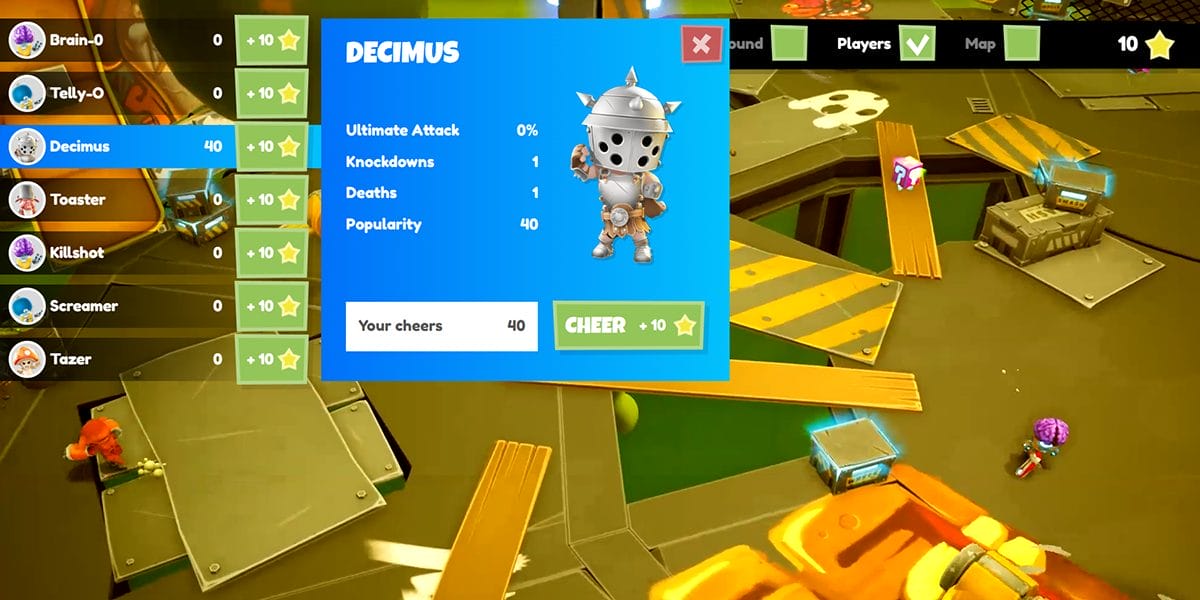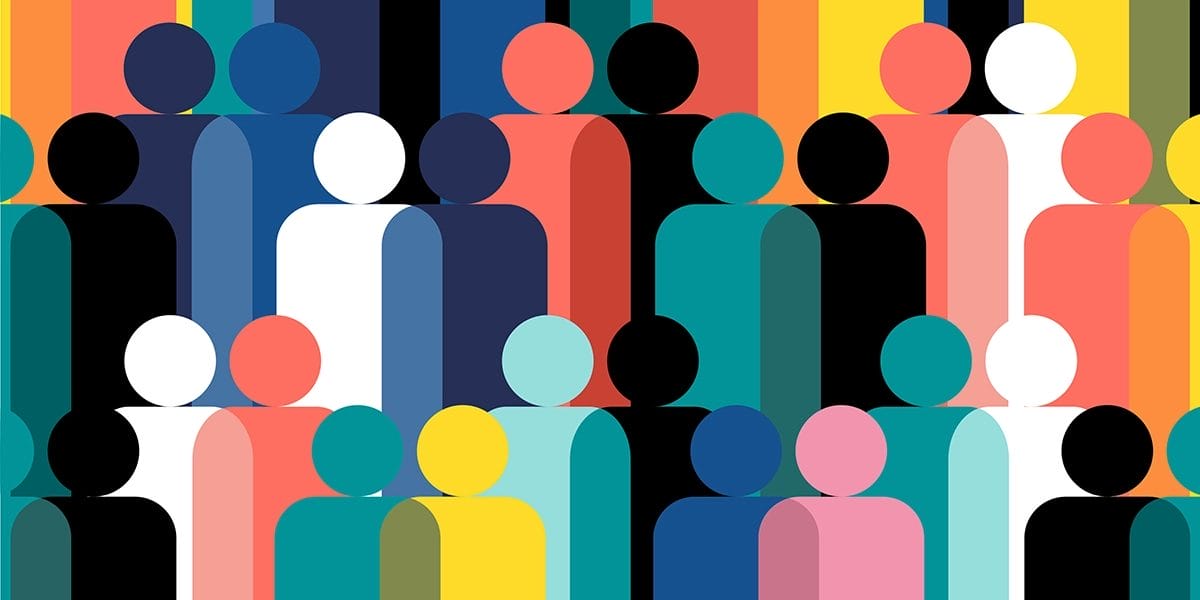In the previous article, where we explored the options for engaging a focused viewer, we saw how to allow users to choose between different cameras, as well as creating content specific to individual viewers. Here, we want to explore the possibilities for getting viewers more involved in the action.
There’s a reason people go to stadiums – the energy of the crowd is contagious and its omnipresence fulfills a strong social need for many attendees. We get glimpses of this in digital events, where big moments can bring emote-rains, group copy-pasting of the same cheering text and viewers descending into memetic behaviors. Often, this is left to the realm of the chat interface – while energetic and an absolute over-achievement for a technology built in the late 80s, it remains quite limiting and too constraining for many.
Where things get better is that tools for viewers to interact with one another have become far more powerful, Genvid’s technologies can leverage those tools to their full potential.
Welcome to the 3rd Tier of Interactivity: Involved.
The main feature we are going to highlight in this article is viewer cheering, because it’s a simple viewer-involvement mechanic that can be easily added to most experiences.
Cheers can be used in different ways – it can simply be to show support of a specific player / group (making that character glow, for example), used as a prediction mechanic (who will win?) or simply for viewers to pick their favorite. The main advantage by far is that it’s not difficult to implement this and immediately give to your viewers an ability to feel involved in the action they are watching.
In our published MILE, The Walking Dead: Last Mile, there is an activity where characters travel down a road and get ambushed by zombies. While you can get busy and start actually using the reticle (a preview of Tier 4, the Empowered Viewer), viewing can also be more passive for people who don’t want to get directly involved in the action. It’s possible to cheer for the characters in the action, by choosing and even spamming specific emotes to encourage the Survivors, with other participants seeing these. A way to essentially support if, for example, your bus stop is coming up and you wanted to leave a little parting message to the community.
We’re happy to also showcase one of the studios who partnered with us, Return Entertainment, for the demo of their cloud-native multiplayer arena-battler Wacky Bash. We worked with the teams at Return Entertainment and Thundermark to add a viewer UI to Wacky Bash, as well as a cheering mechanic.
Cheering in Wacky Bash is a two-step process: first you collect the stars that appear on the screen to add to your tally. After that, you can add stars to specific characters in the action and will be rewarded at the end of the match if the character ends up winning. The key – other viewers can see how many stars a character has (by clicking on them and checking “Popularity”) and see when they are being cheered on through heart particles that spawn in the game.
Of interest with Wacky Bash, you should be able to spot the 1st tier of Interactivity (a togglable minimap with additional opt-in / opt-out viewer UI of character list) and 3rd one as discussed (Cheers / Star Pick-Up).
As a takeaway – the Involved Tier is really about being able to create viewer-to-viewer experiences. You should take cheering as but one example of what can be done in the space. Here are some extra concepts within this tier of interactivity where viewers interact with one another:
- Viewers can band together to change the color of the ground, time of day or color of the sun (no impact on gameplay, visual-only changes to the viewing experience);
- Viewers have a group mini-game exclusive to their UI during downtime in the viewing experience (eg. whack a mole);
- A rhythm mini-game which on success makes the crowd do a Mexican wave within the game client (visual, no gameplay impact).
Interactive viewing is a relatively new area of development, still to be explored and ideated. What causes a lot of this space to be open to fruitful design is the need & value for (pseudo-)anonymous interaction: interactivity where the viewer has an effect but is not named or spotted. Viewers that wanted to be passive had an easy choice (don’t interact), while viewers that desired to be noticed used the chat tools. Users in between lacked an option – people who want to interact, but not in a heavy fashion. A significant portion of viewers can find their happiness at this tier of interactivity, simply because they are allowed the capacity of interacting at their comfort level thanks to the technology adapting to their needs.
Join our Discord Server to discuss this article with our team.



